opening hours
Monday closed
Tuesday to Sunday 11 am – 7 pm
EARLY TICKET OFFICE CLOSURES
Saturday and Sunday last entry at 5:30 pm
- full price € 15 at the box office - € 14 online
- reduced price € 12 at the box office - € 11 online
for young people aged between 18 and 25 (not yet turned 25);
for groups of 15 people or more; registered journalists with a valid ID card; La Galleria Nazionale, Museo Ebraico di Roma ticket holders; upon presentation of ID card or badge: Accademia Costume & Moda, Accademia Fotografica, Biblioteche di Roma, Centro Sperimentale di Cinematografia, Enel (for badge holder and accompanying person), FAI – Fondo Ambiente Italiano, Feltrinelli, IN/ARCH – Istituto Nazionale di Architettura, Sapienza Università di Roma, LAZIOcrea, Palazzo delle Esposizioni, Amici di Palazzo Strozzi, Accademia Nazionale di Santa Cecilia, Scuola Internazionale di Comics, Teatro Olimpico, Teatro dell’Opera di Roma, Teatro di Roma, Università degli Studi di Roma Tor Vergata, Youthcard - open € 18
valid for one year from the date of purchase
- free
minors under 18 years of age; disabled people requiring companion; EU Disability Card holders and accompanying person; MiC employees; European Union tour guides and tour guides, licensed (ref. Circular n.20/2016 DG-Museums); 1 teacher for every 10 students; ICOM members; AMACI members; journalists (who can prove their business activity); myMAXXI membership cardholders; European Union students and university researchers in Art and Architecture, public fine arts academies (AFAM registered) students and Temple University Rome Campus students from Tuesday to Friday (excluding holidays); IED – Istituto Europeo di Design professors, NABA – Nuova Accademia di Belle Arti professors, RUFA – Rome University of Fine Arts professors; upon presentation of ID card or badge – valid for two: Collezione Peggy Guggenheim a Venezia, Castello di Rivoli Museo d’Arte Contemporanea, Sotheby’s Preferred, MEP – Maison Européenne de la Photographie; on your birthday presenting an identity document
Collection
MAXXI’s Collection of Art and Architecture represents the founding element of the museum and defines its identity. Since October 2015, it has been on display with different arrangements of works.


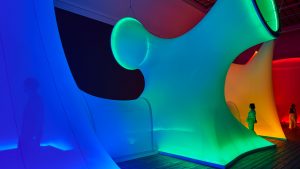
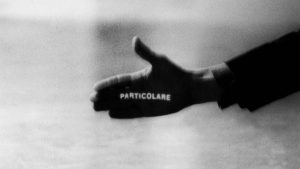


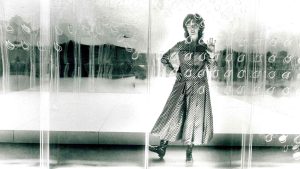


















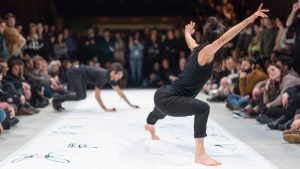













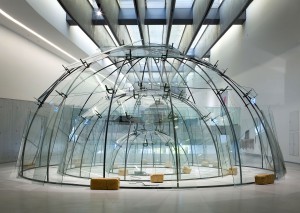
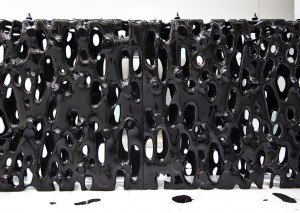
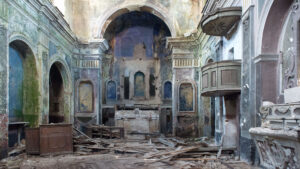

22 September 2011 – 29 January 2012
curated by Julia Peyton-Jones, Hans-Ulrich Obrist and Gunnar B. Kvaran together with Giulia Ferracci, Assistant Curator MAXXI Arte, and organised in collaboration with the Serpentine Gallery, London and the Astrup Fearnley Museum of Modern Art, Oslo, Norway
The exhibition is an itinerant collective show that, through a vast selection of works, presents the multiform panorama of the Contemporary Indian artistic scene. Indian Highway offers an exciting opportunity to learn about Indian artistic research and constitutes the first investigation by an Italian museum of the art of this fascinating country.
With 30 artists, 60 works including 4 site-specific installations conceived for MAXXI Art and a series of works exhibited here for the first time in all their monumentality, the exhibition offers a vast representation of the creative panorama of one of Asia’s largest regions and reflects the economic, social and cultural developments of the past twenty years. Beginning with the definition of the highway as an element of connection between the migratory flows moving from the periphery towards the city, Indian Highway speaks about technological development, the economic boom and the growing global centrality of this subcontinent in the world of the arts since the 1990s.
The exhibition can essentially be divided into three macro areas:
Indian Identity and Histories: investigates political, social and religious themes such as the war between India and Pakistan, the religious struggles, the transience of the national borders.
Exploding metropolises: examines urban expansion and chaos and the abandonment of the rural areas.
Contemporary Tradition: explores the revisiting of ancient forms of expression from Indian culture such as miniatures, ceramics and ink paintings.
The News
For the ‘Exhibition Within The Indian Highway Exhibition’
Curated by Amar Kanwar
Presented here in The News, an exhibition within the exhibition is a selection of three news extracts of news footage. The first is filmed in the early 1930’s and shows us glimpses of protests against British rule in India. The second is from 2004, of Manipuri activists under attack from the police, while demanding the removal of the Armed Forces Special Powers Act [AFSPA], a law that gives the army the right to search, arrest and even kill with impunity (across the North East of India) since 1958. And the third clip, shot in 2011 shows the people of Jagatsinghapur District, Orissa, protesting against the police attempt to forcibly enter their villages to acquire land for the South Korean Steel Company POSCO.
The News opens on the 2nd of October 2011, as it commemorates the birth anniversary of M. K. Gandhi.
Captions:
Jitish Kallat, Baggage Claim (part.). Courtesy the artist and ARNDT, Berlin/ Photography ‘Iris Dreams, Mumbai’.
Dayanita Singh, Dream Villa 11. Courtesy Frith Street Gallery London.
Exhibition sponsor
